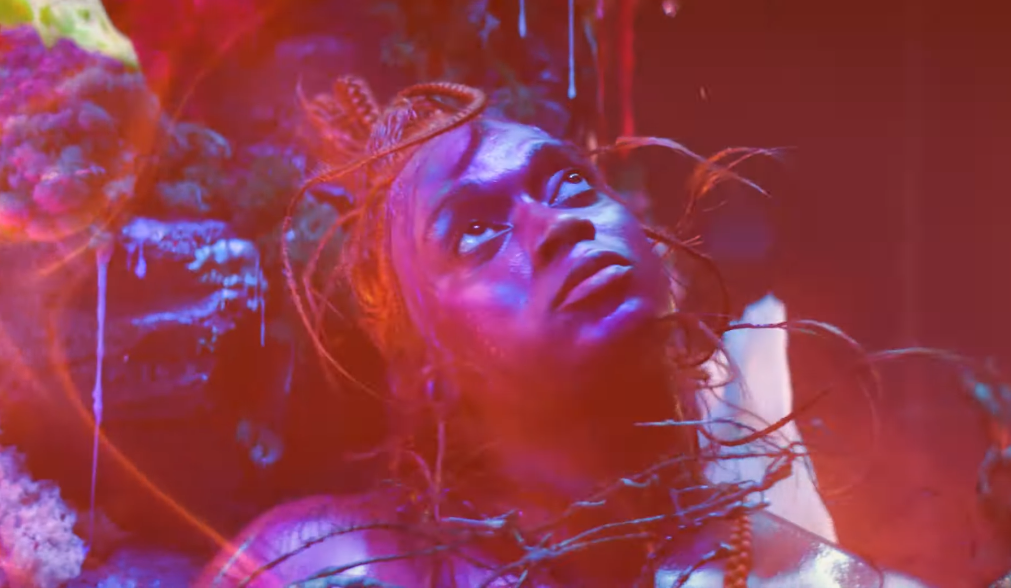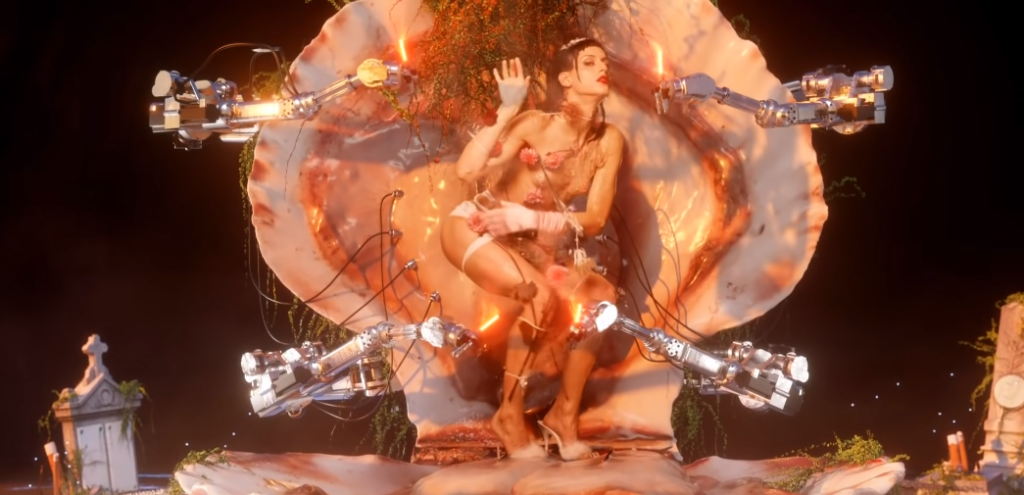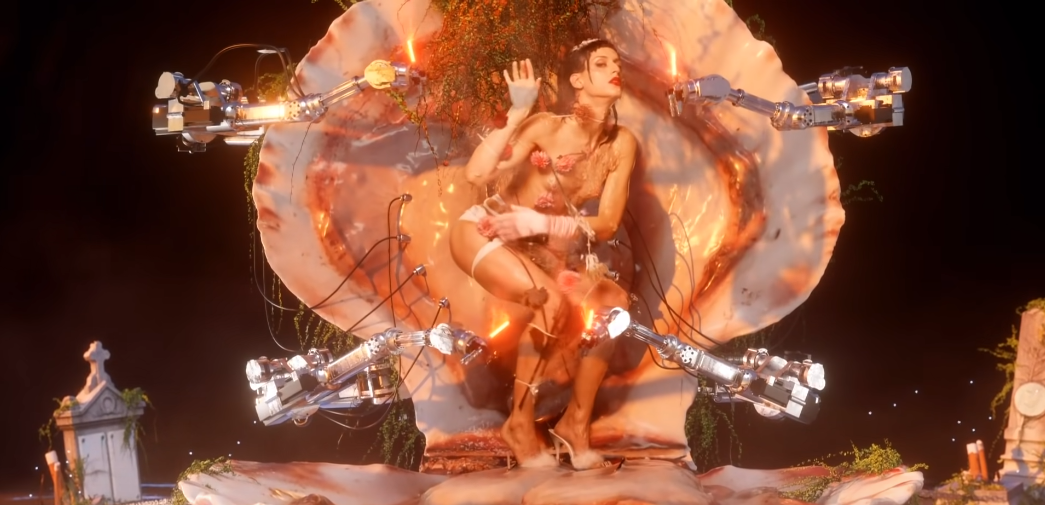For literally as long as the concept of electronic music has existed, transfeminine artists have been at the forefront of the genre, using the freedom of the synthesizer to create innovative soundscapes.
This is no accident. In an oppressive society, trans people have always had to invent our own ways of living – finding joy and solidarity within structures that seek to stamp us out.
This list is not meant to be an exhaustive survey of trans musicians; I don’t have space for that. But all of these artists use the possibilities of electronic music to expand and innovate, asking what happens beyond the boundaries of genre and the restrictions of physical instruments.
Wendy Carlos
Wendy Carlos is one of the most pivotal figures in the history of Western music. As a student, she assisted Robert Moog in the invention of the Moog synthesizer; then, in 1968, she released the album Switched-On Bach, on which she performs 12 Bach compositions using the new technology. The record became an unexpected bestseller, bringing electronic music into the mainstream.
Her later work further expanded what electronic music could be in the popular imagination. She worked with Stanley Kubrick on the soundtracks for A Clockwork Orange and The Shining, while her 1972 album Sonic Seasonings set the precedent for ambient music and 1986’s Beauty In The Beast experimented with alternate tunings and microtonal scales. Carlos’ endless curiosity and experimentation created a completely new musical vocabulary.

Lotic
Lotic is based in Berlin, one of the nightlife capitals of the world; but while her work has deep roots in dance music, she’s incorporated broader influences over the course of her career, creating a sinuous, boundless sound.
Her latest album, 2021’s Water, combines lush, sensual textures with throbbing basslines and otherwordly synths. The effect is something like Bjork’s horny opus Vespertine as played on a UFO. The album’s stunning eight-minute closer “Diamond” is a meditation on love – of the self and of others – soundtracked by chiming harps and rippling percussion, beautiful and unsettling and warm all at the same time.
Dvnots
Dvnots is a prolific and wide-ranging producer, creating bangers with underground popstars like Macy Rodman and creating experimental instrumental soundscapes on her own.
Her 2020 single “AVN Talus” is a constantly shapeshifting club track that sets conflicting melodic ideas over a streamlined beat, while “Acrophobia” starts with a horror-movie drone before plunging into a glitched-out, pummeling outro. Her work is influenced by PC Music affiliates like Sophie and Danny L Harle, but she brings an abrasive, punky edge that feels unstable and thrilling.

Arca
Arca has had one of the most fascinating careers of any electronic musician working today. She’s collaborated with a diverse array of artists including Kanye West, Sia, and Kelela; her trademark soundscapes combine slithering percussion with luminescent synths, creating a vibe that can be as comforting as it is eerie.
Her recent Kick series of albums surveys different genres including reggaeton, ballroom, industrial hip-hop, and ambient, while her 2020 single “@@@@@” presents itself as an hour-long pirate radio broadcast that hops freely from idea to idea. Her music never settles on a concrete form, discarding genre in favor of endless curiosity and experimentation.

Jasmine Infiniti
A mainstay of the New York underground, Jasmine Infiniti’s coruscating techno is as dark as it is thrilling, blending club-ready beats with hard industrial sounds.
Her debut album, BXTCH SLÄP, effortlessly moves between modes and rhythms; the subterranean, disembodied vocal samples that open “Nxt2u” give way to a storming bass riff, wavering in and out of the sonic field as the tempo picks up. Meanwhile, “Bxtch Släp – Queen Of Hell (Intro)” samples Galadriel’s monologue from Lord Of The Rings, the word “queen” echoing across knocking drums and mournful synth pads. It’s the album’s thesis statement, reimagining hell as a place that can be paradoxically joyful.

SOPHIE
Sophie’s visionary music combines dance and pop music with undercurrents of harsh noise and experimental ambience. The result is a body of work that feels charged with possibility. Sophie’s debut album, Oil Of Every Pearl’s Un-Insides, houses immediate pop anthems like “Immaterial” and “It’s Okay To Cry” alongside challenging, abstract soundscapes that swerve from punishing techno to stretched, spacious ambient without blinking an eye.
Sophie’s final official release, the remix album for Oil, takes that album’s basic framework and expands it in every direction. “Infatuation (Lichtbogen Dreamin’ Mix)” pays tribute to the house music that’s soundtracked queer gatherings for decades, while bangers like “Pony Whip” further the artist’s inquiries around gender, pleasure, and embodiment. But Sophie’s work never feels like it’s preaching. Sophie uses pleasure to unlock a deeper state of meaning, asking how we can make our bodies feel good – in every sense.
There are so many others that I didn’t have space to mention here – from pop visionaries like Indigo Heaven and Kunt Pills to boundary-busting producers like Atta and Vektroid. If you like what you hear, I encourage you to dig deeper! There are so many brilliant artists just waiting to be heard.

